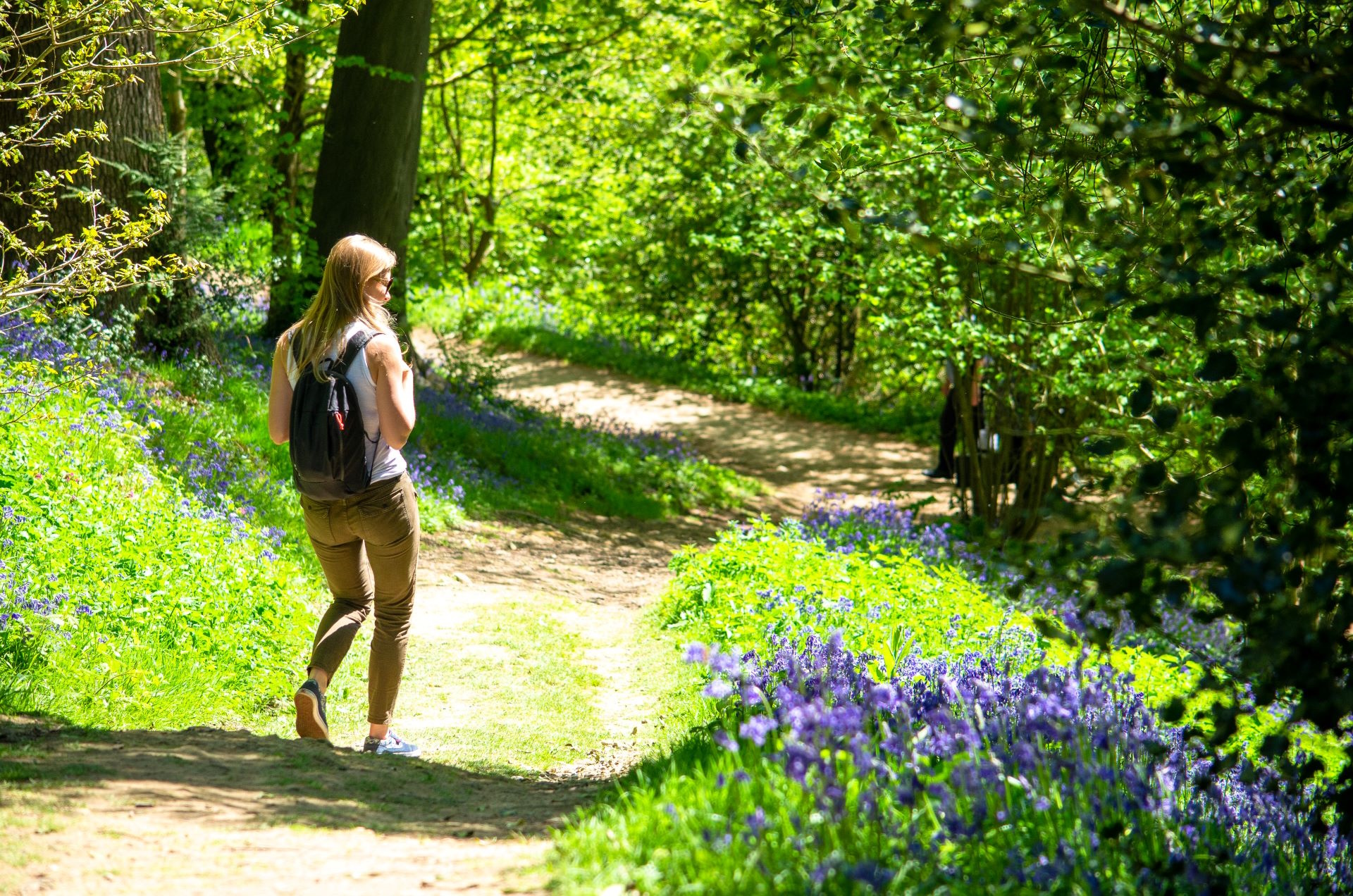Native woodland is a really powerful tool to tackle both the nature and climate crises, that is the view of Chris Nichols the Woodland Trust’s Conservation Evidence Manager.
Woodland creation or protecting or enhancing existing woodlands are prime examples of what climate experts refer to as co-benefits: where climate mitigation or adaptation can bring wider environmental or societal benefits.
A major factor when trying to counter the increasing concentration of greenhouse gases in the atmosphere is that trees help to sequester carbon; where the plants draw down carbon-dioxide from the atmosphere, locking it away in growing timber.
Chris Nichols added: “It’s not just about the creation of new woodland that can help sequester carbon, but it’s also about the protection of existing woodland that already have a lot of carbon stored in them. Put together it is about protection, creation and restoration.”

As well as helping to keep carbon locked away from the atmosphere native woodlands have important benefits for wildlife and people. Picture Shutterstock
But trees and woodlands have so many more benefits to offer society and the environment. Native woodland provides benefits for wildlife, with many threatened species needing trees and woodland habitats during their life cycles. An estimated 2,300 species of wildlife are supported by the UK’s two native oak species alone.
Additionally, woodlands and trees can provide: shade for people and livestock; recreational opportunities for improving physical health or wellbeing; mechanisms to slow the flow of water through the landscape to reduce flood risk; and opportunities to improve air quality as trees provide green lungs for communities and provide mechanisms to cycle the movement of some pollutants.
Cloak of oak and ash
According to the Woodland Trust’s 2021 State of the UK’s Woods and Trees report, 13.2% of the UK’s land surface is covered by woodland. This is up from 12% in 1998. Historically, of course, much of the UK would have been covered with trees. But over time, the green cloak of oak and ash has been eroded to create space for communities and agriculture.
Chris praises the recent modest increase in tree cover but he feels that targets for woodland recovery could be more ambitious with some areas in the UK having the potential to even reach 30% woodland cover.
Chris believes there are benefits to planting trees wherever the opportunity lies. He said: “Planting or preserving large blocks of trees can have obvious benefits for the climate, the environment, people and wildlife. However, single or small groups of trees have their benefits too. In urban landscapes trees along streets, or in gardens and parks can provide much-needed shade; helping to lower temperatures and protect people from heat and UV.

The purple emperor butterfly is one of the UK’s most attractive woodland butterflies. Picture: Shutterstock
“While in rural landscapes, single trees are recognised as being very valuable to livestock farmers whose stock can seek protection from the sun in otherwise open landscapes.
“And, of course, trees spread out across communities and landscapes provide greater connectivity allowing biodiversity to spread through a potentially otherwise impervious area.”
Trees at risk from climate change
To some extent everything and everyone are exposed to climate change risks, and trees are no exception. The climate is shifting and trees may need encouragement to cope with these changes. Larger blocks of trees will be more resilient. Additionally, harnessing the adaptive potential of the existing high genetic diversity of trees within an area is also valuable. Climate projections may inform us about which types of tree will be suitable for different objectives in the future, and this could be a valuable guide to ensuring we add trees to the landscape for the right reason by the right method.
The total amount of carbon in living trees in ancient and long-established woodland across Great Britain is estimated to be 77 million tonnes. If lost this would be a huge addition to the atmosphere, but experts believe that with a range of nature-based solutions, then trees could make an even greater contribution to protecting our climate along with lots of other benefits too.


